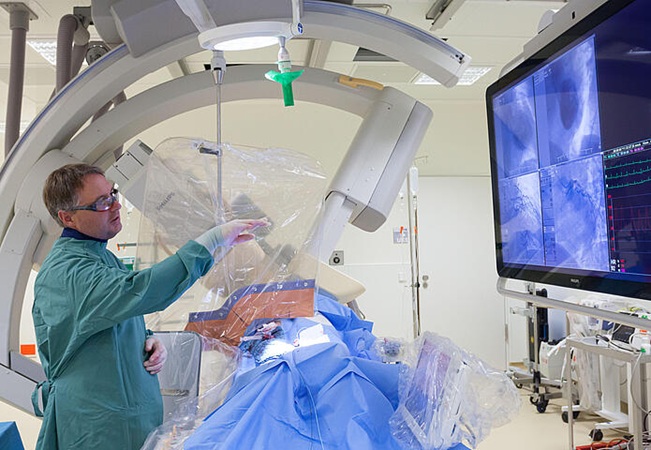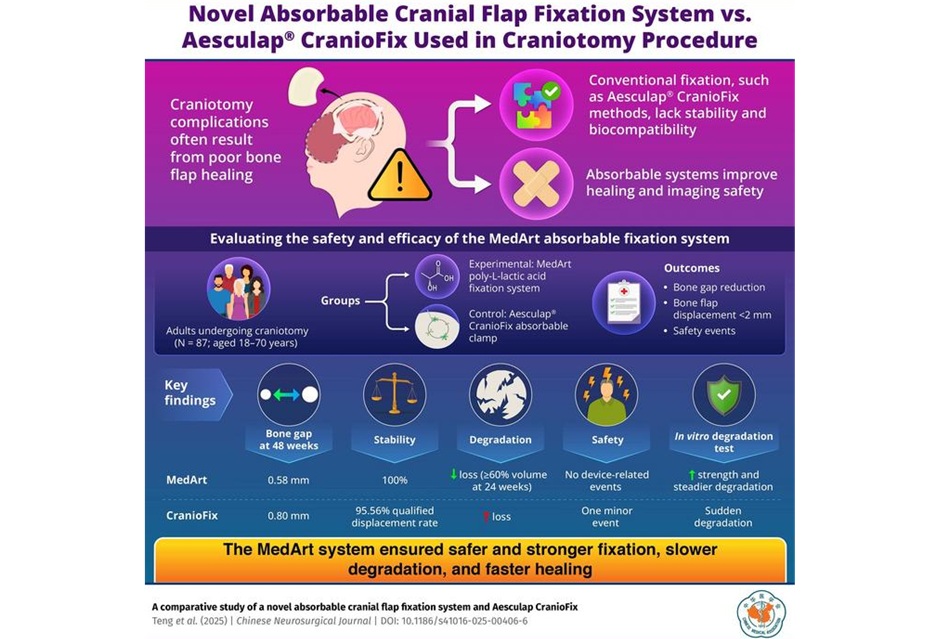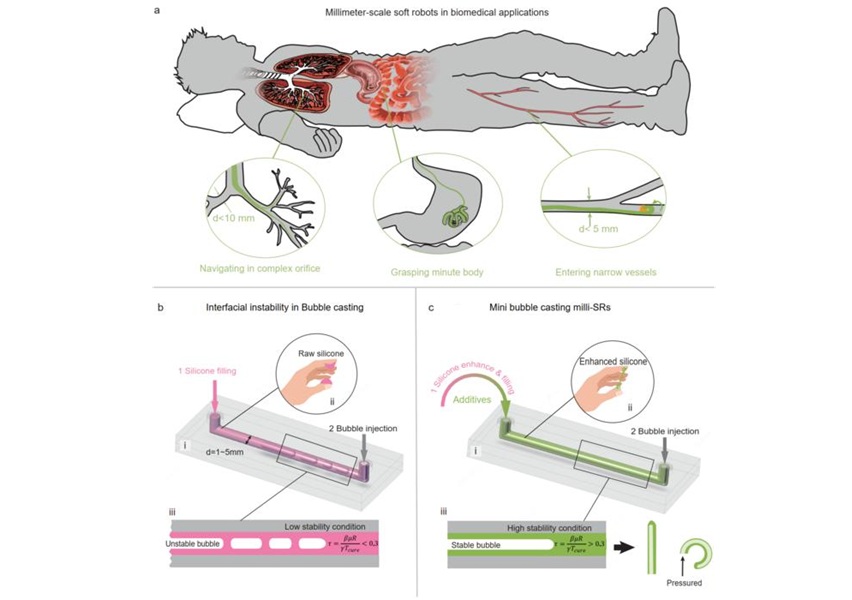Spinal Fusions Ineffective for Vertebral Fracture Pain
|
By HospiMedica International staff writers Posted on 05 Feb 2019 |
Vertebral augmentation procedures such as vertebroplasty and balloon kyphoplasty do not promote pain relief following vertebral fracture (VF), claims a new study.
Researchers at Monash University (Melbourne, Australia), Beth Israel Deaconess Medical Center (Boston, MA, USA), the University of Sheffield (United Kingdom), and other institutions conducted a systematic literature review and meta‐analysis of studies in order to address what is currently known (and not known) on the safety and efficacy of vertebral augmentation, including reviewing available evidence to assess if VF risk is increased following the procedure.
The review found that vertebroplasty did not provide significantly better pain control than placebo in five randomized placebo-controlled trials, but there was weak evidence of the benefit of kyphoplasty in one clinical trial when compared to nonsurgical management. Potential harms from vertebroplasty and balloon kyphoplasty, on the other hand, included cement leakage, adjacent fractures, and more serious adverse events. The evidence was unclear if these procedures increased the risk of VF or related serious adverse events.
The review also found no evidence that spinal bracing reduced pain immediately after VF, although low-quality evidence suggested that wearing a brace for two hours a day over six months might help. Neither was there was evidence that exercise may improve mobility, alleviate pain, and reduce fear of falling. The researchers did mention the critical importance of anti-osteoporotic medications, which can reduce the risk of subsequent vertebral fractures by 40-70%. The study was published on January 24, 2019, in the Journal of Bone and Mineral Research.
“The message for doctors and their patients suffering from painful spinal fractures is that procedures to stabilize spinal fractures should not be a first choice for treatment. We found no significant benefit over the long-term in improving pain, back-related disability, and quality of life when compared with those who did not have the procedures,” concluded lead author Peter Ebeling, MBBS, of Monash University, and colleagues. “This is a painful condition that for most people spontaneously gets better with time, and can be managed with analgesic medications over the short-term.”
Osteoporotic compression fractures of the vertebral body can result in pain and long-term morbidity, including spinal deformity. Conservative management includes opioids and other analgesics, bed rest, and a back brace. Surgical options include vertebroplasty, in which polymethylmethacrylate is injected into the fractured vertebral body; and balloon kyphoplasty, which uses a two-step process of inserting of a balloon device into the compacted vertebrae to attempt to restore it to a more normal shape before cement injection.
Related Links:
Monash University
Beth Israel Deaconess Medical Center
University of Sheffield
Researchers at Monash University (Melbourne, Australia), Beth Israel Deaconess Medical Center (Boston, MA, USA), the University of Sheffield (United Kingdom), and other institutions conducted a systematic literature review and meta‐analysis of studies in order to address what is currently known (and not known) on the safety and efficacy of vertebral augmentation, including reviewing available evidence to assess if VF risk is increased following the procedure.
The review found that vertebroplasty did not provide significantly better pain control than placebo in five randomized placebo-controlled trials, but there was weak evidence of the benefit of kyphoplasty in one clinical trial when compared to nonsurgical management. Potential harms from vertebroplasty and balloon kyphoplasty, on the other hand, included cement leakage, adjacent fractures, and more serious adverse events. The evidence was unclear if these procedures increased the risk of VF or related serious adverse events.
The review also found no evidence that spinal bracing reduced pain immediately after VF, although low-quality evidence suggested that wearing a brace for two hours a day over six months might help. Neither was there was evidence that exercise may improve mobility, alleviate pain, and reduce fear of falling. The researchers did mention the critical importance of anti-osteoporotic medications, which can reduce the risk of subsequent vertebral fractures by 40-70%. The study was published on January 24, 2019, in the Journal of Bone and Mineral Research.
“The message for doctors and their patients suffering from painful spinal fractures is that procedures to stabilize spinal fractures should not be a first choice for treatment. We found no significant benefit over the long-term in improving pain, back-related disability, and quality of life when compared with those who did not have the procedures,” concluded lead author Peter Ebeling, MBBS, of Monash University, and colleagues. “This is a painful condition that for most people spontaneously gets better with time, and can be managed with analgesic medications over the short-term.”
Osteoporotic compression fractures of the vertebral body can result in pain and long-term morbidity, including spinal deformity. Conservative management includes opioids and other analgesics, bed rest, and a back brace. Surgical options include vertebroplasty, in which polymethylmethacrylate is injected into the fractured vertebral body; and balloon kyphoplasty, which uses a two-step process of inserting of a balloon device into the compacted vertebrae to attempt to restore it to a more normal shape before cement injection.
Related Links:
Monash University
Beth Israel Deaconess Medical Center
University of Sheffield
Latest Critical Care News
- Coronary Artery Stenosis Could Protect Patients from Pulmonary Embolism Effects
- Sweat-Powered Sticker Turns Drinking Cup into Health Sensor
- Skin-Mounted 3D Microfluidic Device Analyzes Sweat for Real-Time Health Assessment
- New Therapeutic Brain Implants to Eliminate Need for Surgery
- Stem Cell Patch Gently Heals Damaged Hearts Without Open-Heart Surgery
- Biomaterial Vaccines to Make Implanted Orthopedic Devices Safer
- Deep Learning Model Predicts Sepsis Patients Likely to Benefit from Steroid Treatment
- Programmable Drug-Delivery Patch Promotes Healing and Regrowth After Heart Attack
- Breakthrough Ultrasound Technology Measures Blood Viscosity in Real Time
- Magnetically Activated Microscopic Robotic Swarms Could Deliver Medicine Inside Body
- Frequent ECG Use Can Identify Young People at Risk of Cardiac Arrest
- Ultrasound Controlled Artificial Muscles Pave Way for Soft Robots
- AI-Powered Alerts Reduce Kidney Complications After Heart Surgery
- Algorithm Predicts and Lengthens Pacemaker Battery Life
- Novel Pill Could Mimic Health Benefits of Bariatric Surgery
- AI Models Identify Patient Groups at Risk of Being Mistreated in Hospital ED
Channels
Surgical Techniques
view channel
Drug-Coated Balloons Can Replace Stents Even in Larger Coronary Arteries
Narrowed or blocked arteries pose a major global health burden, often leading to heart attacks, heart failure, or stroke when blood flow becomes compromised. Traditional balloon angioplasty can reopen... Read more
Magnetic Kidney Stone Retrieval Device Outperforms Ureteroscopic Laser Lithotripsy
Kidney stone disease affects millions worldwide and often requires ureteroscopic laser lithotripsy, yet fragment removal remains inefficient. Many patients are left with residual pieces that can cause... Read more
Absorbable Skull Device Could Replace Traditional Metal Implants Used After Brain Surgery
Closing the skull safely after neurosurgery remains a major clinical challenge, as traditional metal or semi-absorbable fixation devices can interfere with imaging, degrade unpredictably, or persist long... Read morePatient Care
view channel
Revolutionary Automatic IV-Line Flushing Device to Enhance Infusion Care
More than 80% of in-hospital patients receive intravenous (IV) therapy. Every dose of IV medicine delivered in a small volume (<250 mL) infusion bag should be followed by subsequent flushing to ensure... Read more
VR Training Tool Combats Contamination of Portable Medical Equipment
Healthcare-associated infections (HAIs) impact one in every 31 patients, cause nearly 100,000 deaths each year, and cost USD 28.4 billion in direct medical expenses. Notably, up to 75% of these infections... Read more
Portable Biosensor Platform to Reduce Hospital-Acquired Infections
Approximately 4 million patients in the European Union acquire healthcare-associated infections (HAIs) or nosocomial infections each year, with around 37,000 deaths directly resulting from these infections,... Read moreFirst-Of-Its-Kind Portable Germicidal Light Technology Disinfects High-Touch Clinical Surfaces in Seconds
Reducing healthcare-acquired infections (HAIs) remains a pressing issue within global healthcare systems. In the United States alone, 1.7 million patients contract HAIs annually, leading to approximately... Read moreHealth IT
view channel
Printable Molecule-Selective Nanoparticles Enable Mass Production of Wearable Biosensors
The future of medicine is likely to focus on the personalization of healthcare—understanding exactly what an individual requires and delivering the appropriate combination of nutrients, metabolites, and... Read moreBusiness
view channel
Philips and Masimo Partner to Advance Patient Monitoring Measurement Technologies
Royal Philips (Amsterdam, Netherlands) and Masimo (Irvine, California, USA) have renewed their multi-year strategic collaboration, combining Philips’ expertise in patient monitoring with Masimo’s noninvasive... Read more
B. Braun Acquires Digital Microsurgery Company True Digital Surgery
The high-end microsurgery market in neurosurgery, spine, and ENT is undergoing a significant transformation. Traditional analog microscopes are giving way to digital exoscopes, which provide improved visualization,... Read more
CMEF 2025 to Promote Holistic and High-Quality Development of Medical and Health Industry
The 92nd China International Medical Equipment Fair (CMEF 2025) Autumn Exhibition is scheduled to be held from September 26 to 29 at the China Import and Export Fair Complex (Canton Fair Complex) in Guangzhou.... Read more












